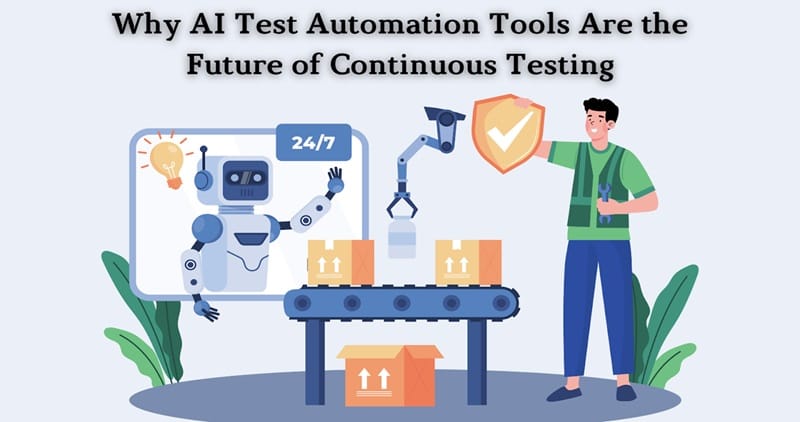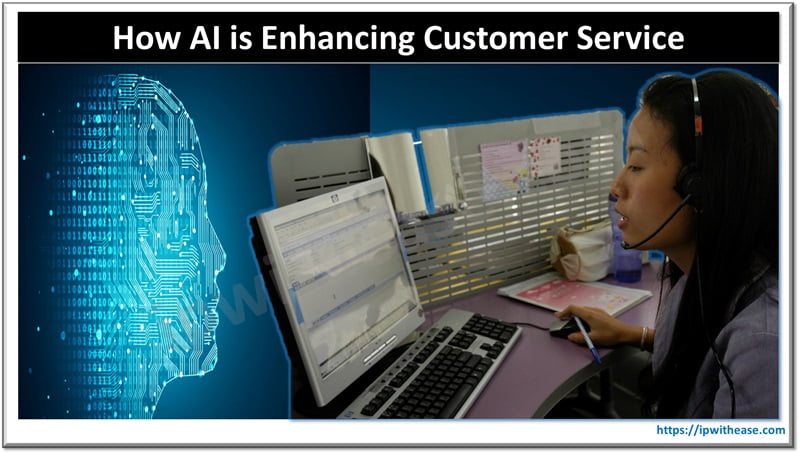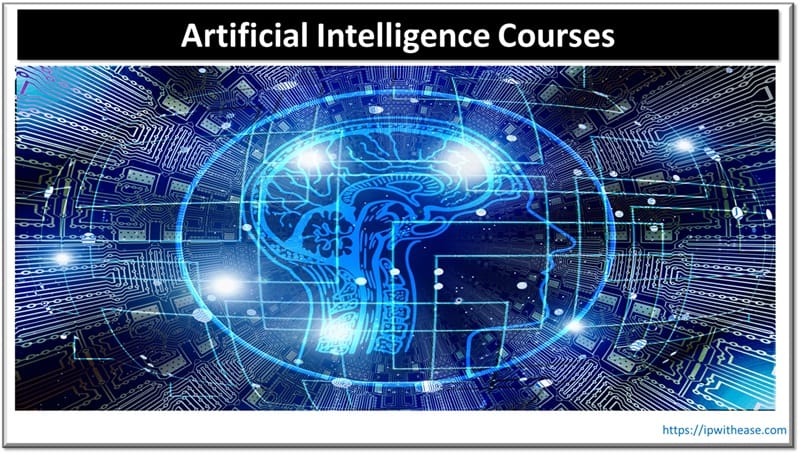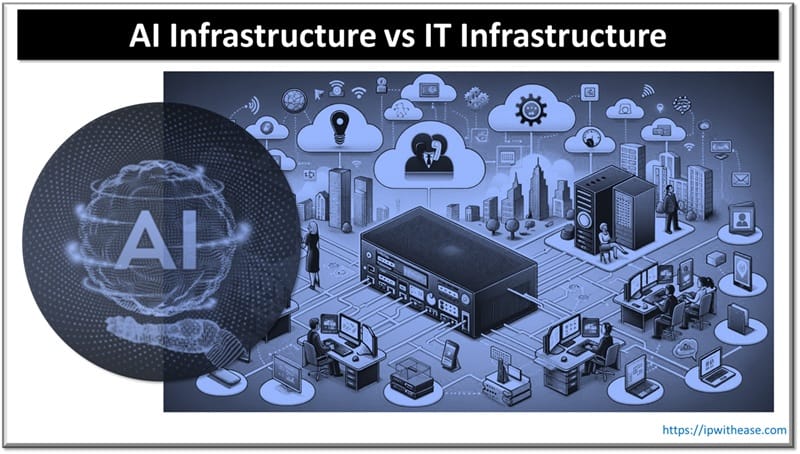Table of Contents
As software development teams grapple with shortened release cycles and increasingly complex applications, traditional automated testing tools often fall short. This blog explores the transformative impact of AI test automation tools on continuous testing.

By harnessing artificial intelligence, these tools are redefining the benchmarks for efficiency, accuracy, and adaptability in quality assurance, propelling automated testing into a new era of technological sophistication.
The Evolution of Test Automation: From Scripts to AI
The evolution of software testing has significantly advanced from manual methods to the sophisticated use of AI-driven automation tools. Traditional test automation tools, while still useful, often falter with the dynamic nature of modern applications and require extensive maintenance. The advent of ai in testing automation represents a substantial advancement, overcoming many of these challenges. These tools not only enhance testing efficiency dramatically but also address the critical gap in security testing that many current software releases suffer from.
Core Advantages of AI-Driven Testing Tools
Enhanced Test Creation and Maintenance
- Self-Heal Test Scripts: AI tools automatically adapt to UI changes, reducing the need for manual updates.
- Generate Test Cases: They create detailed test scenarios by analyzing user behavior patterns.
- Optimize Test Coverage: AI identifies testing gaps through smart analysis.
- Reduce Maintenance Overhead: Updates to test cases are automated as applications evolve.
Intelligent Test Execution
- Parallel Testing: Allows for simultaneous test executions across various environments.
- Smart Test Selection: Tests are prioritized based on their impact and risk.
- Dynamic Test Adaptation: Test parameters adjust automatically to application changes.
- Reduced Execution Time: AI-powered tools complete tests much faster up to five times quicker than traditional methods.
Advanced Analytics and Reporting
- Predictive Analysis: AI forecasts potential issues to prevent them from affecting production.
- Pattern Recognition: Identifies trends and patterns in test results that might indicate deeper issues.
- Root Cause Analysis: Pinpoints the exact source of failures quickly.
- Actionable Insights: Provides specific recommendations for improving testing processes and outcomes.
The Impact on Continuous Testing
The integration of AI into automated testing services has markedly revolutionized continuous testing practices by significantly enhancing test coverage and efficiency. AI-powered tools are now capable of more comprehensively covering testing scenarios, effectively reducing the number of missed edge cases and improving defect detection while simultaneously lowering the incidence of false positives.
These advancements not only streamline the creation of test cases but also reduce the burden of maintenance. Furthermore, the execution of tests has become much faster, leading to swifter deployment speeds and better utilization of testing resources. Overall, these improvements are driving quicker development cycles and facilitating a more efficient allocation of resources.
Integration with Modern Development Practices
CI/CD Pipeline Integration
- Automatic Test Execution: AI testing tools can automatically execute tests upon code commits.
- Real-Time Feedback: Developers receive immediate insights on test results, facilitating faster iterations.
- Automated Deployment Decisions: Decisions on whether to proceed with deployments are automated based on test outcomes.
- Continuous Learning: AI tools continuously improve test suites through ongoing learning from new data.
Related: CI vs CD
DevOps Alignment
- Continuous Feedback: Provides real-time insights into application quality, helping teams make informed decisions quickly.
- Automated Decision Making: Facilitates smart deployment decisions, enhancing the efficiency of release cycles.
- Cross-functional collaboration: Enhances communication and collaboration across development, operations, and quality teams.
- Rapid Issue Resolution: Accelerates the identification and resolution of issues, reducing downtime and improving service reliability.
Future Trends in AI Test Automation
Emerging technologies are shaping the future of automated testing solutions with several innovative advancements. Machine Learning is becoming more sophisticated, enhancing both the generation and execution of tests. Natural Language Processing is improving the way tests are created directly from requirements, making the process more intuitive and efficient.
Additionally, Computer Vision is being utilized to bolster visual testing capabilities, allowing for more precise and accurate identification of visual elements. Autonomous Testing technologies are also on the rise, with systems that can maintain and update test suites independently, greatly reducing the need for manual oversight.
The industry is moving fast to these advanced methods, with AI-driven software testing likely to be the norm by 2025, bringing down manual testing efforts significantly while increasing test automation coverage and speed of bringing features to the market.
Traditional vs. AI-Powered Test Automation Tools
| Feature | Traditional Automation Tools | AI-Powered Testing Tools |
| Test Creation | Manual script writing | Automated test generation |
| Maintenance | Regular updates needed | Self-healing capabilities |
| Coverage | Limited to scripted scenarios | Dynamic and adaptive coverage |
| Execution Speed | Standard | 5x faster on average |
| Analysis | Basic reporting | Predictive analytics |
| Learning Capability | None | Continuous improvement |
| Setup Time | Weeks to months | Days to weeks |
| ROI Timeline | 6-12 months | 3-6 months |
Best Practices for Implementing AI Test Automation
1. Preparation Phase
- Assess Current Testing Processes: Evaluate existing testing methodologies to understand strengths and gaps.
- Identify Automation Opportunities: Pinpoint areas where automation could significantly improve efficiency and effectiveness.
- Set Clear Objectives and Metrics: Define what success looks like and how it will be measured.
- Choose the Right AI Testing Tools: Select tools that best fit the identified needs and integration capabilities.
2. Implementation Strategy
- Start with Pilot Projects: Initiate small-scale projects to gauge the effectiveness of AI tools.
- Gradually Expand Coverage: Slowly increase the scope of automation to cover more areas as confidence in the technology grows.
- Train Team Members: Educate staff on AI tools and techniques to ensure they are well-prepared.
- Monitor and Adjust Approach: Continuously evaluate progress and make adjustments as needed.
3. Continuous Improvement
- Regular Performance Reviews: Frequently assess the performance of the AI tools and processes.
- Update Testing Strategies: Revise and enhance strategies based on performance data and new insights.
- Incorporate Feedback: Integrate feedback from team members and stakeholders to refine approaches.
- Stay Current with New Features: Keep up-to-date with the latest developments and features in AI testing to maintain a competitive edge.
Wrapping Up
While AI test automation continues to reshape the boundaries within the software testing world, its importance in growing efficiency, rising test coverage, and rising intelligence of the testing processes is slowly being realized.
The organizations that onboard such AI-driven solutions early on can only hope to have smoother development cycles and a strong competitive advantage to ensure quality software is pushed out as quickly as possible.
Frequently Asked Questions
Q.1 What are the 3 major benefits of using AI in software testing?
AI increases efficiency through complex task automation, improves accuracy by predicting analytics, and provides expanded test coverage, adapting to changes in an application.
Q.2 What is the role of AI in automation testing?
AI tunes automation testing by creating and optimizing test cases, predicting issues, and making test scripts self-adjust with real-time data.
Q.3 What is the future of artificial intelligence in automation?
AI is well-positioned to drive fully autonomous testing solutions, improving speed and accuracy across continuous testing environments.
ABOUT THE AUTHOR
IPwithease is aimed at sharing knowledge across varied domains like Network, Security, Virtualization, Software, Wireless, etc.



